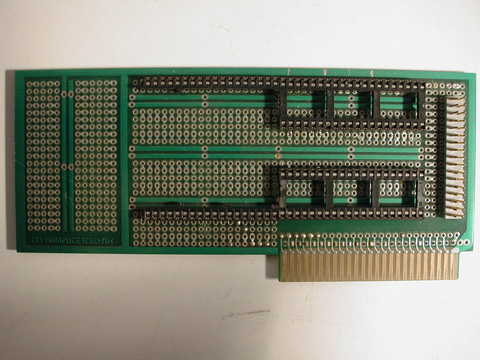Historische CPU's / CPUs und LSI aus der Pionierzeit der
Mikroprozessor-Entwicklung:
Motorola (
Thomson EF6802 - 2nd Source) 6802
8bit-CPU mit 128Byte RAM und interner Clock
Links zum nachlesen: Wikipedia: Motorola-CPUs ,Motorola >> 6802
Assembler Beispiele (als Beispiel für frühe Assembler-Programmierung )
finden sich hier:Assembly
Language programming
Sie möchten ein Stück erwerben ( Datenblatt verfügbar ) -> eMail-Kontakt
Signetics / Synertek
2650:
Links zum nachlesen: CPU-World:
Signetics 2650 family , Signetics
2650 - Wikipedia
See "Section
Two: Forgotten/Innovative Designs before the Great Dark Cloud"
....Superficially similar to the PDP8
(and IMS 6100), the Signetics
2650 was based around a set of 8 bit registers with R0 used as an
accumulator, and six other registers arranged in two sets (R1A-R3A and
R1B-R3B) - a status bit determined which register bank was active. The
other registers were generally used for address calculations (ex.
offsets) within the 15 bit address range. This kept the instruction set
simple - all loads/stores to registers went through R0. It also had a
subroutine stack of eight 15 bit elements, with no
provision for spilling over into memory.
Zusammen mit "2636 Programmable Video Interface" als frühe
Videospielkonsole ( Basis-Entwicklung Signetics , vertrieben in
Deutschland als Intercord 2000 XL oder Palladium ) siehe auch Wikipedia
Sie möchten ein Stück erwerben -> eMail-Kontakt
TMS9900 (TMS 9900) Texas
Instruments
Das PCB ist ein "Homebrew" hergestellte Platine , nachempfunden dem
TM990/100M Entwicklungsboard (PCB) von TI.
funktionstüchtig: (mit 4 * 2114 RAMs und 2 EPROMs mit Monitor-Prog. )
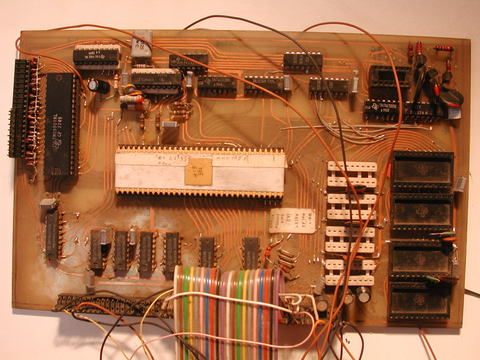
Texas Instruments TMS9900(wikipedia)
..." One of the first true 16 bit microprocessors was the TMS 9900.
It had a 15 bit address space and two internal 16 bit registers.
One unique feature, though, was that all user registers were actually
kept in memory - this included stack pointers and the program counter.
A single workspace register pointed to the 16 register set in RAM, so
when a subroutine was entered or an interrupt was processed, only the
single workspace register had to be changed - unlike some CPUs which
required a dozen or more register saves before acknowledging a context
switch. "
Links: TMS9900
manuals and references
IM6100 Intersil 6960-Sampler
( PDP8-kompatibles Intersil
Sampler-Board! )
The IM6100 CMOS Family Sampler: PCB w. LSI-Chips IM 6100 C , IM
6403 C
UART , IM 6101 C PIE , IM 6312 C 12K ROM, 3 x IM 6561 C 256 x 4 RAM
inkl. Unterlagen /Datenblätter:
Intersil IM6100 CMOS 12 Bit Prozessor Handbuch - 110 Seiten !
The IM6100 CMOS FAMILY SAMPLER 32 Seiten
Fotokopie: IM 6100 12BIT Parallele CPU auf einem Chip Juli
1975 , 40 Seiten - deutsch
Fotokopie: IM 6100 Operator Console
Noch weitere Fotokopien: Datenblätter d. Support-Chips,...
Zum 6960 Mikrocomputer-Board: 6960 Sampler
unbestückt: 2 x 74C00 , 1 x 4069 , ICM 7209 , nachgesetzt:
6 * DIL 16 , 1 * DIL 14 Fassungen ( freier PCB-Bereich mit
großflächigem +5V/GND Kupferflächen wurden genutzt , um weitere Spare
IC-Fassungen für Erweiterungen zu setzen, Für die Pins wurde jeweils
ca. 3mm Durchmesser der Kupferfläche weggebohrt und die 1mm-Bohrung für
die Fassung gesetzt, unverdrahtet )
( you may find more info about pdp8 -command set in alt.sys.pdp8
) Datenblatt IM 6100 CPU: IM6100-Datasheet
Eval-Board fuer die Intersil
IM6100 CPU und diese ist eine PDP8
on Chip. Auf dem Board ist dann auch noch Speicher und ein ROM mit
einem kleinen nano-Debugger sowie eine serielle Schnittstelle mit
legendaeren 110 Baud. Als optionale Erweiterungen kann man noch
IO-Ports bestuecken und es gibt auch eine kleine LED-Console fuer Daten
und Adressen. Mit ein paar Gattern ist auch Single-Clocking und
Single-Instruction auf dem board bestueckbar, so dass er einer
"richtigen" PDP8 schon nahe kommt. Mit CMOS bestueckt und braucht
vollbestückt bei 2MHz lediglich 300mA.
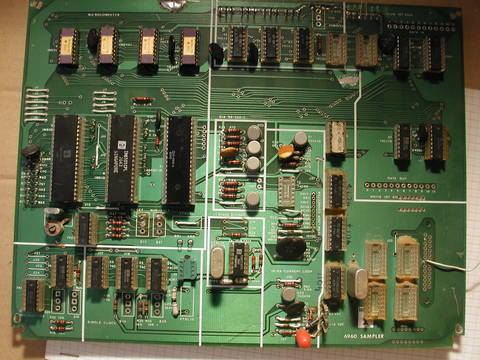
Großes Bild auf Anfrage: -> eMail-Kontakt
6960-SAMPLER
Das 6960-SAMPLER Board ist eine doppelseitig kaschierte Leiterplatte
zur Implementierung eines vollständigen C-MOS Computers unterVerwendung
der im C-MOS FamilySampler Manual beschriebenen Bausteine.
Das Minimalsystem besteht aus der CPU, 256 x 12 RAM,1024 x 12 ROM mit
dem ODT Programm (ASCII Keyboard based Debugging Monitor), einem
seriellen I/O Port und Logic für RUN, HALT und RESET des Systems. Neben
den 7 C-MOS-LSI Schaltkreisen wird eine geringe Anzahl von
Standardschaltkreisen benötigt.
Folgende zusätzliche Funktionen können realisiert werden und sind auf
der Leiterplatte vorgesehen:
~ 20 mA TTY Schnittstelle
~ RS-232-C EIA Schnittstelle
~ 12 bit Eingangsport
~ 12 bit latched Ausgangsport
~ Logik zur Ausführung von Einzelinstruktionen
~ Single Step Clock Logik
~ Monitor für Datenbusinhalt (Adresse, Instruktion, Daten)
~ Monitor für uP Timing Signale
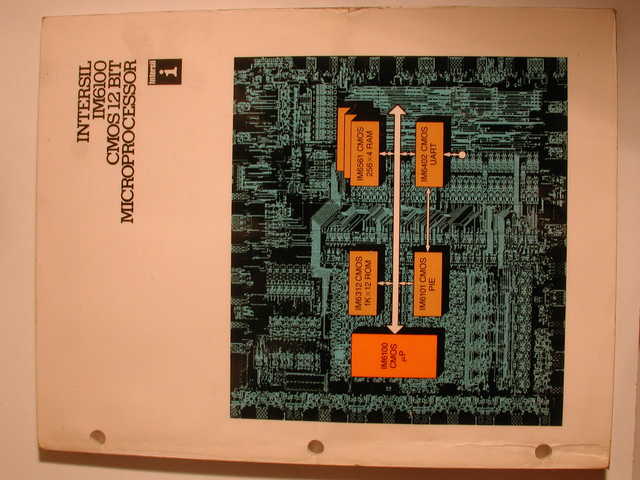
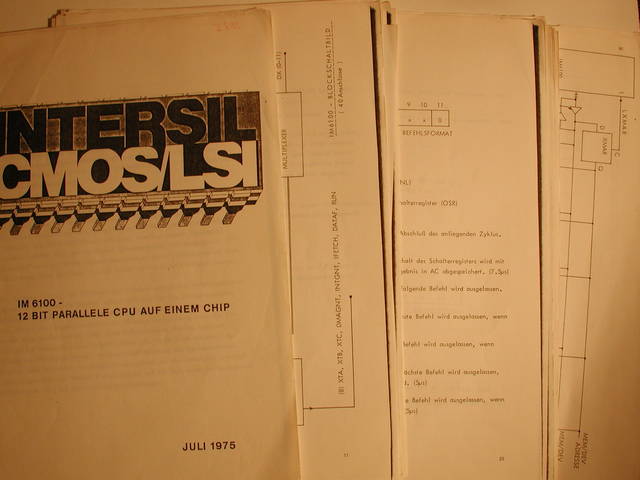
Intersil IM6100 CMOS 12 Bit Prozessor Handbuch - 110 Seiten
!
IM 6100 12BIT Parallele
CPU auf einem Chip Juli
1975 , 40 Seiten - deutsch
PDP8e
Unterlagen
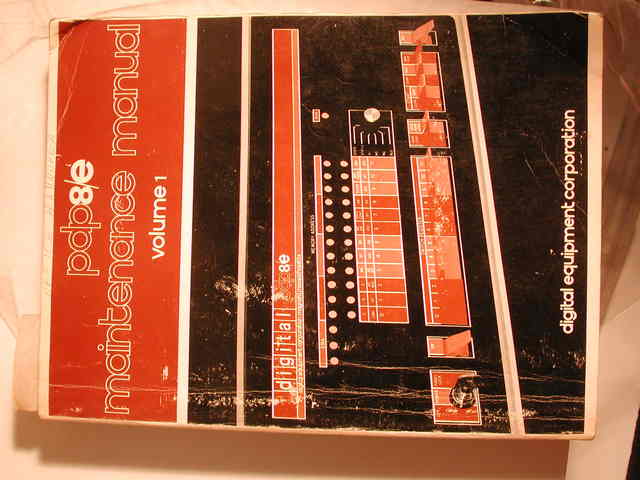
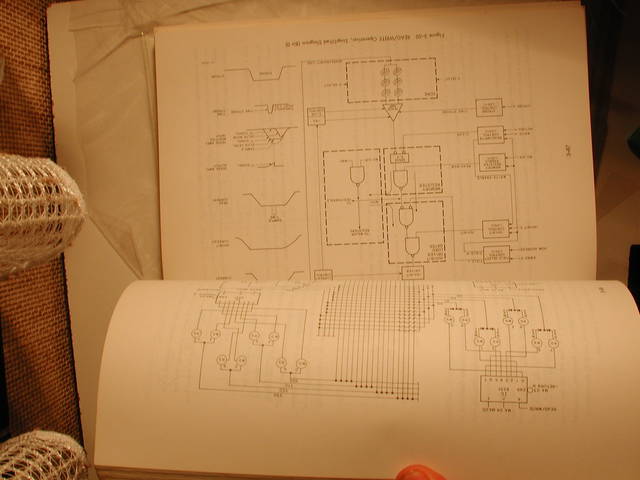

ct-Magazin-CEPAC (65C02 PCB)
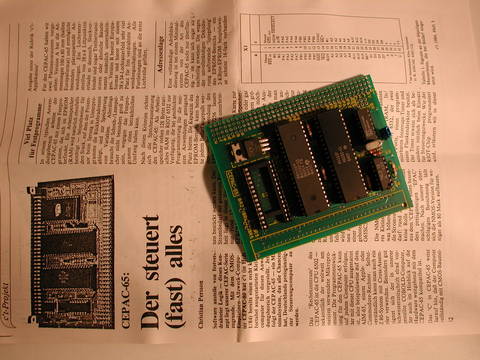
Apple II Protyping / Experimentierplatine: ( 2,54mm
Fassungsreihen bzw. 2* 40pol. Fass. + Pfostenbuchse bereits gelötet !)
